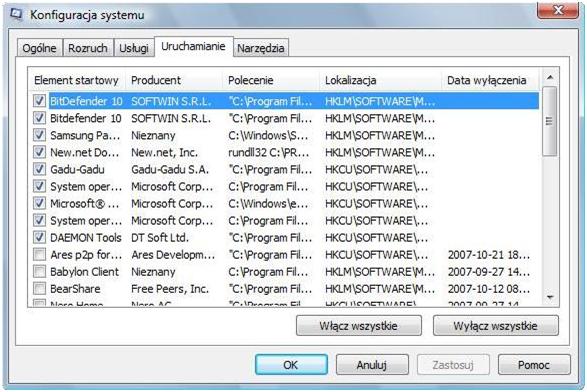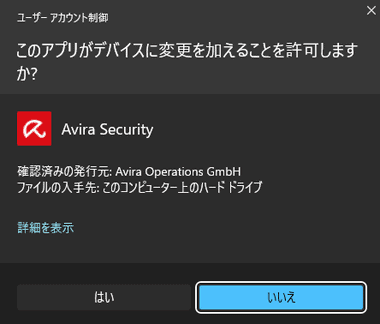

This requires the least permissions for your app to run, and gives the user the most control and feedback of what's going on.Īdd it to the current user's Startup folder. The Autoruns app is the most comprehensive startup management app and covers all locations.Create a Scheduled Task that triggers on User Login.Add it to the HKey_Current_User\Software\Microsoft\Windows\CurrentVersion\Run registry key.The down-side is it's a little more difficult determining whether to show the checkbox already checked next time they view that screen in your program.

Add it to the HKey_Local_Machine\Software\Microsoft\Windows\CurrentVersion\Run registry key. start /min '' 'C:\Program Files\Mozilla\Thunderbird.exe' You would then disable the thunderbird program from running at startup through your appdata path. You could make a scheduled task that runs at user logon with the following batch (.bat) file attached. It not only allows you to manage Startup apps but also many other objects including shell extensions which load with the Explorer shell, Scheduled tasks, system services and other system components. 2 Answers Sorted by: 3 Your method does not seem to work correctly for me. The only problem here is it requires write access to the registry, which isn't always available. Only do this if you really mean it, and you know for sure you want to run this program for all users on the computer. Since I wrote this, Windows 10 was released, which changes how the Start Menu folders work. Windows 10’s Settings app now lets you disable the programs that automatically run when you sign in to your computer. It's not yet clear to me how easy it is to just add or remove a file in that folder without also referencing the internal database Windows uses for these locations.


 0 kommentar(er)
0 kommentar(er)
